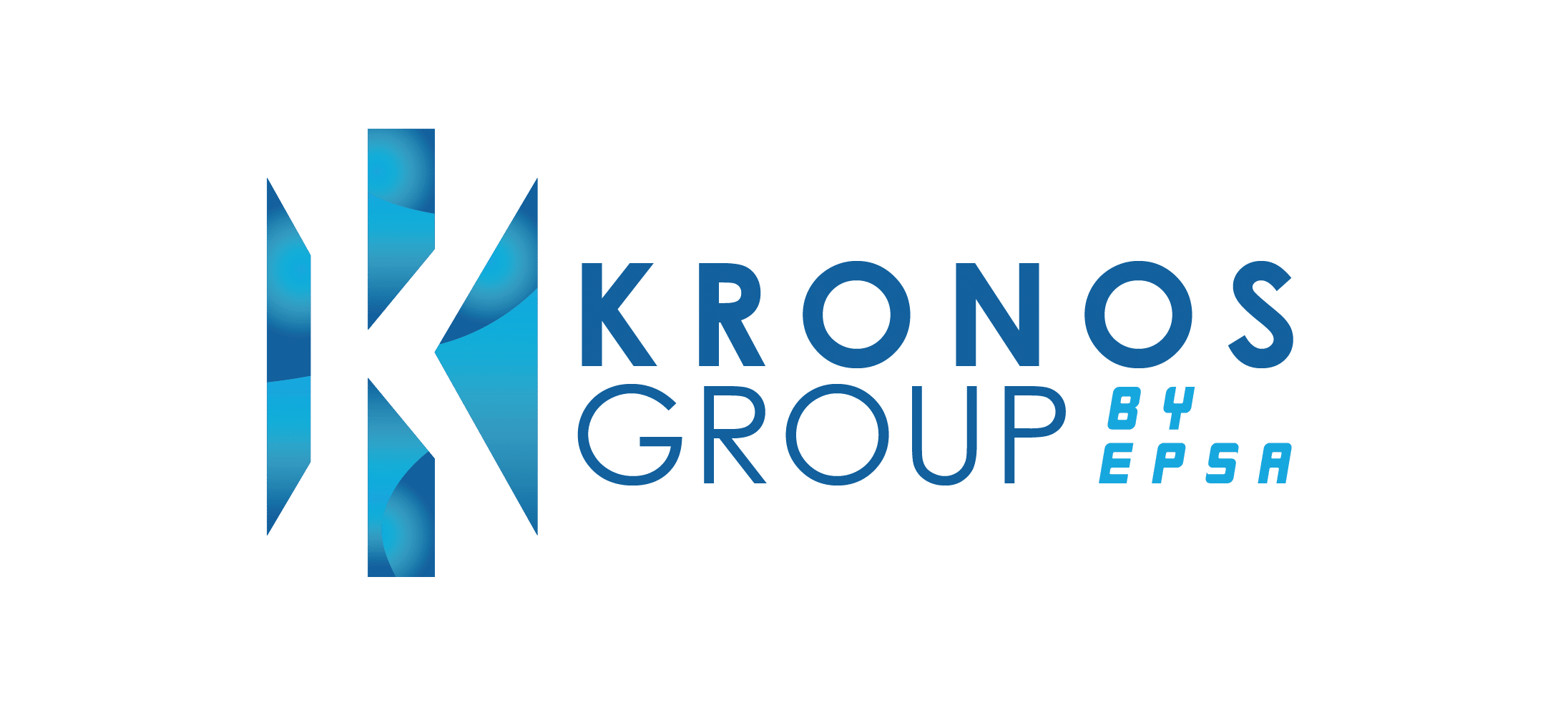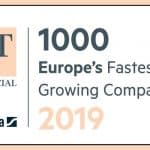Implementing early warning systems with procurement advisory services to limit the impact of future disruptions

Summary
Every industry has risks. Developing the right strategy to help identify any potential risks beforehand and come up with an action plan that can help mitigate the impacts can be a difficult, yet crucial step.
With the right procurement advisory service, businesses can get the help they need to forecast future disruptions and mitigate them.
Developing a holistic analysis to minimise absolute-shortage risks can primarily smoothen and continue uninterrupted operations of the business by providing ample products.
Identifying external threats that put suppliers at risk is another way of ensuring that any individual supplier defaults can be mitigated in the future.
The final warning system comes from determining volatility risks for out-of-control inflation. Identifying the areas that can be affected by inflation and coming up with price structures that can withstand future disruptions can create a favourable scenario for businesses.
——————————————————————————————————————-
The re-emergence of economic activities has been met with supply chain disruptions that have become an ongoing issue. Procurement leaders are aware that they must respond to these situations. They are, however, uncertain about the actions that need to be taken.
While these leaders are still trying to get ahead of the existing supply chain disruptions, they have not had the opportunity to predict the next set of problems—let alone find solutions.
Today, procurement teams are realising that their weaknesses lie in their inability to identify their vulnerabilities and secure their supply chains. Businesses must take a holistic approach to protect their critical supply chains and create resilient organisations.
Contemporary companies face many challenges. With the right procurement advisory services, businesses can focus on the key problems that are impacting their business and develop early warning systems that can help minimise the impact of future disruptions.
Developing a holistic analysis to minimise absolute-shortage risks
When it comes to future disruptions, procurement leaders and teams may face three major challenges.
The first is an absolute-shortage risk where there will be no products available that are vital for a business to operate.
There will be longer supply chains and more raw materials needed to produce the same products, resulting in product shortages that can affect the availability of goods.
Procurement teams should look into the potential procurement risks associated with such shortages by carrying out supply and demand analyses that can help identify potential threats.
Businesses must also identify how many products they will require each year and deduce whether that supply can meet the global demand. It may seem like a simple question but it requires complex analysis.
Procurement teams will require bottom-up assessments of market reports, conversations with internal and external experts—including procurement advisory professionals—and competitor analysis of how they are trying to develop these early warning systems to help protect supply chains.
The results of these analyses can be compiled as a regularly updated framework or report that can be used as a decision-making tool in the event of future disruptions.
Identifying external threats that put suppliers at risk
The second challenge that procurement may face is individual supplier defaults, or in other words, suppliers being unable to provide products even though markets remain robust.
Developing early warning systems for a business’s internal processes and systems is crucial. It is also crucial to have these systems in place to identify any issues that may arise from external stakeholders such as suppliers.
Over the coming years, it is plausible that at least one individual supplier of a business will go out of business.
One supplier defaulting may not seem like a substantial problem. If, however, that supplier provides essential raw materials that are a source of significant revenue for a business, the consequences can be devastating.
When it comes to Tier 1 suppliers, companies are often aware of any issues, either due to a delay in delivery or any other issues that may prop up, which are communicated to the company by the Tier 1 supplier.
Companies, however, are not aware of what the suppliers of the Tier 1 suppliers depend on. Having a clear understanding of Tiers 2, 3, and even 4 can give businesses the information they need to develop early warning systems.
From operational and structural processes to data security and organisational maturity, there are several areas that procurement advisory services can assess and troubleshoot to help companies have a better grasp of which suppliers are at greater risk of defaulting and which suppliers pose no risk.
Determining volatility risks for out-of-control inflation
Inflation is becoming a fast-growing issue that industries and companies are facing in Europe and around the world.
Since inflation can happen at any point of the supply chain, businesses must have a clear methodology that helps to identify the areas that are being impacted by inflation.
A procurement advisor may suggest conducting an analysis to see how the price of raw materials and services fluctuates. Such analyses can help to determine how prices can form over time.
Businesses can also use market forecasts, assessments, and market models to determine how inflation can affect price fluctuations.
These analyses can give businesses a heads up about impending inflation or other volatility risks.
Contemporary companies are doing just that. By identifying the materials that would be impacted by high prices due to inflation, businesses have the benefit of renegotiating the prices ahead of an expected disruption in the supply chain. This can help businesses stay afloat and be well-prepared for any devastating impacts that could affect their bottom line.
Develop the right early warning systems with procurement advisory services
Several procurement leaders and teams have turned to advisory services to help them identify early warning systems that can help mitigate any future supply chain disruptions.
These methodologies should not be treated as a single analysis but a continuous analysis that helps develop solutions today for the setbacks of tomorrow.



